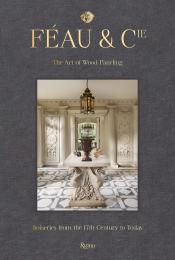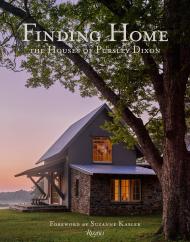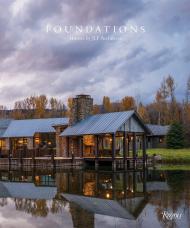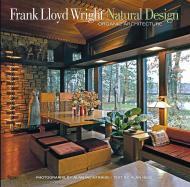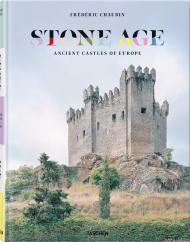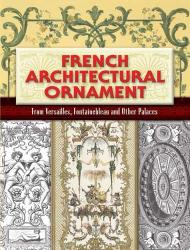Надихаючий огляд сучасних будинків на тлі високих гір, крутих схилів пагорбів та мальовничих долин з акцентом на архітектуру та дизайн інтер'єру.
Надихаючий огляд сучасних будинків на тлі високих гір, крутих схилів пагорбів та мальовничих долин з акцентом на архітектуру та дизайн інтер'єру.
Від величних вершин Альп до зелених схилів японського хребта Сікоку та суворих висот Скелястих гір: вибрані житлові будинки на таких запаморочливих висотах нагадують про те, що архітектура не лише створює простори, а й формує стосунки між людиною та її оточенням. Вони є креативними експонатами, що гармонійно та з повагою вписуються в захоплюючу природу гірських ландшафтів.
Розташування на схилах пагорбів створює особливі виклики та водночас пропонує безмежні можливості дизайну. З одного боку, вони відкривають захопливі краєвиди, а з іншого – роблять можливими інноваційні рішення для оформлення кімнат. Усі оазиси сучасного життя, представлені в цій книзі, демонструють унікальні способи вдалого поєднання естетики, функціональності, сталого розвитку та адаптації до топографії.
Про автора:
Головною темою для Кріса ван Уффелена є передача знань про дизайн у всіх його проявах. Понад двадцять років голландсько-німецький історик мистецтва публікує книги, а також безліч есе та статей про мистецтво, архітектуру, дизайн інтер'єру та містобудування від античності до сьогодення.


